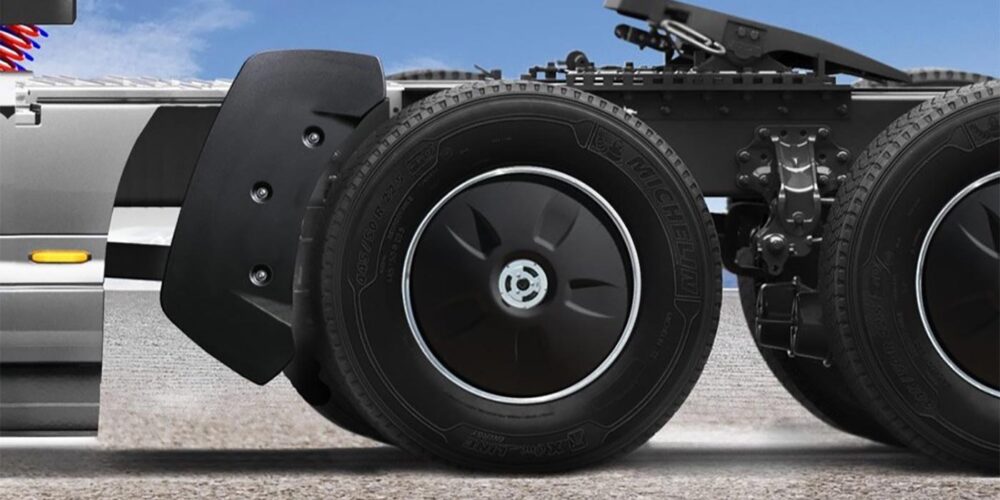A lot has happened on the alternate fuels front lately. I’ll try to bring you up to date.
As part of the fiscal cliff bill, federal subsidies for biodiesel, cellulosic ethanol and other forms of renewable energy were reinstated through “earmarks.” I found two things very interesting.
First, federal subsidies for corn-based ethanol fuels were not reinstated. The ethanol crowd is furious! They say the government doesn’t know what it is doing. I found it very encouraging.
Corn-based ethanol backers will get another chance when the long-awaited farm bill comes up for a vote. I’m against approval, because corn-based ethanol produces:
1. greater emissions
2. higher food prices
3. poorer vehicular fuel economy
4. increased fuel system maintenance
The Renewable Fuels Association CEO recently stated, “The wolves are at the door,” claiming that Big Oil thwarted their efforts to get a tax credit passed. Oh yes, ethanol production was down last year.
Corn-based ethanol was never intended to be the end-all, do-all of alternate fuels. Scientists realized early on that the use of corn—based ethanol (which actually dates back to the 1920s) was only an initial attempt. They prophesized that second generation ethanol products would be produced from plant fibers (cellulosic). The problem with cellulosic ethanol is that production costs are still much higher than corn-based ethanol, but they will come down with additional development work.
The second item of interest was that the government will now subsidize the use of algae to produce biofuels. Algae is a late entry to the alternate fuels game, but it makes the most sense because algae can be grown practically anywhere, and it contains up to 70% oil content.
Oils are necessary to produce biofuels. Unlike corn-based or sugar cane-based ethanol, algae does not interfere with the world’s food supply. Let’s hope that algae production makes some significant strides forward.
The public also is growing disenchanted with electric passenger cars. After all of the initial elation, many end-users were faced with very high battery replacement costs. I don’t think the average motorist has a clue how to maximize battery service life—I know I don’t!
That big battery technology breakthrough hasn’t materialized even though the federal government has heavily financed several companies such as A123 Systems. Many of these companies are now bankrupt. Racers have some interesting lightweight carbon fiber batteries, but these batteries cost 20 to 30 times as much as conventional lead-acid or gel batteries.
Besides, with the use of coal-fired power plants, emissions reductions aren’t that great, and over 35% of America’s power is still produced by coal. And I don’t believe the “clean coal” myth any more than you do. As an aside, power generation still consumes more fuel than transportation.
At the moment, the bright spot is natural gas. With the perfection of fracking, oil experts have now identified sufficient natural gas reserves to meet the U.S. fuel requirements for more than 100 years. Production has grown 327% in 4 years. We are now exceeding 40-year-old production records (when the U.S. was the world’s energy king) for petroleum.
Supply is so great that prices should remain low for at least a decade. Forecasters are now stating that there will be over 1 million natural gas-fueled trucks on the road by 2020 (these predictions are worth every penny you paid for them).
Natural gas has now overtaken coal as the second largest producer of U.S. energy requirements. Only liquid petroleum is higher, but with the support of vehicular producers and infrastructure providers, I see natural gas’s contributions going significantly higher. Many power generation plants are now switching to natural gas to appease their environmentally conscious customers. Natural gas is going to make the U.S. more energy independent than any other fuel source.













